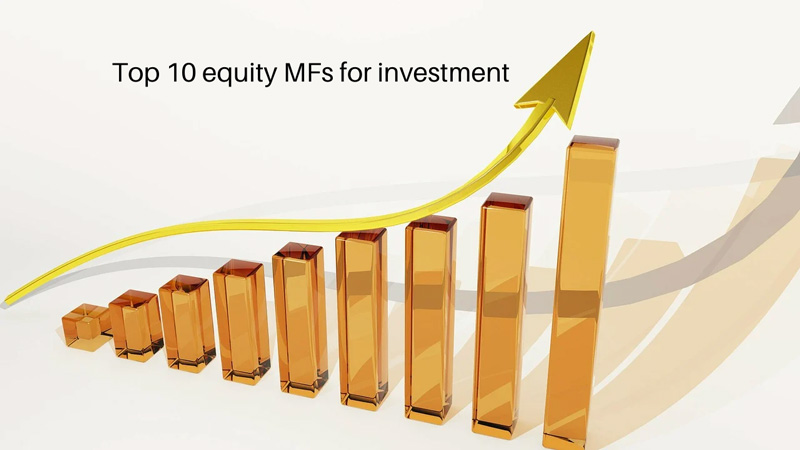Have you always wanted to start a blog? If you’re a writer, it makes perfect sense: You can use a blog to serve as your author platform, market your work or find new freelance writing clients. Blogging is also a great way to experiment with your writing style. This is the age of content — people are always looking for more to absorb, and your unique voice has a place on the vast, limitless innerwebs, too.

Step One Pick a Blog Name
You might have heard that choosing a name for your blog is the most important thing you can do. Well, it is. I know I’m not the only one who was frustrated to see a popular blog titled “Top Ten Ways to Find Freelance Writing Jobs.” (Seriously, who knew there were ten?) Pick a name that makes you want to check back every day to see if anything new has happened. Step Two Join WordPress.com WordPress.com, in my opinion, is a viable substitute for Blogger. I’m going to get real specific here: There’s a reason Blogger is no longer the standard publishing platform for content — it’s not ideal. It lacks several advanced features, including auto-responders.
Step Two Get Your Blog Online
Your blog can live on your own domain or a co-working space. The important thing is that you have a space online where you can create content consistently. You can use a template or a WordPress site. I personally host my blog on my own domain with WordPress. There are many great options. Find a platform and figure out what’s most right for you. Most bloggers prefer WordPress, but others choose to run their site on Google’s Blogger platform.
Step Three Customize Your Blog
If you’re anything like me, you’ve been researching and dreaming about starting your own blog for ages. You might even have a blog of your own already. Or, you might not. Whatever your plan, you’ve found a niche you’re passionate about — you know exactly where you want to be, what you want to write and whom you want to read it. Now, it’s time to become a regular part of your target readers’ lives. Here’s how to kick your blog into high gear: Step One: Create A Freelance Blog Template With any kind of blog, you have to start from scratch. The tools to create a decent WordPress website are more accessible than ever, but many freelancers struggle to use them well. Some start-up blogs are still poorly designed or lack the latest website code and design.
Step Four How to Write a New Blog Post & Publish It
Here’s your assignment: draft a new blog post that you feel confident would serve a specific purpose and benefit your potential clients. Try to make the piece unique, but otherwise keep it about the skills you can offer as a freelancer and writer. You’ll want to tailor it to a niche that your clients are interested in. You’ll also want to test out a few of your favorite words, formats and ideas to make sure they work well in the context of your blog post. When it’s time to publish the post, use the post-uppage function in WordPress to re-purpose it for your website. This is a handy way to optimize the appearance of your piece on other platforms, such as Twitter, Facebook, Google, LinkedIn and more.
Step Five Promote Your Blog
You’re now in business. You have an online content creation platform, a portfolio for freelancers to use, a brand that stands out from the crowd, and a growing and engaged audience. But how do you get people to come to your blog? That’s it. That’s all you need to do. It’s not enough to sit down and write a blog. You need to tell people about it. There are plenty of resources out there for finding and promoting freelance opportunities, but you need a platform — a platform for reaching a broader audience and building credibility. Find A Niche Think about your topic and market. It may be blogging, it may be social media, it may be content marketing, it may be anything. It’s your job to find that niche and serve it to people, one post at a time.
Step Six Make Money from Your Blog
I can’t tell you how many writers tell me they don’t have the time or skills to make money from their blog — so they just give up. You’re not a one-person business, and I’m not one-person. While you do need to plan and structure your website and manage your social media accounts, your best chances of getting paid for your work are to monetize your blog. Here’s how to do it. 1. Set Up a Sale Your main resource for generating revenue from your blog is the sales page. That’s why I recommend selling your own products through your blog. How you do this is totally up to you — you can sell goods like copies of your books, courses and workshops, or services like webinars and coaching, with payment options including cash, PayPal, Apple Pay and credit cards.
Conclusion
In today’s competitive landscape, freelancing can seem like a breeze — and it is. The barriers to entry are now so low, it’s as easy as creating a space where you’d like to share your work. Blogging can help you get started, and a vibrant blog could help you build your clientele and find freelance work. Backing up all those conversations you had with your friends, it’s time to get your site set up. Ready to begin?









Add Comment